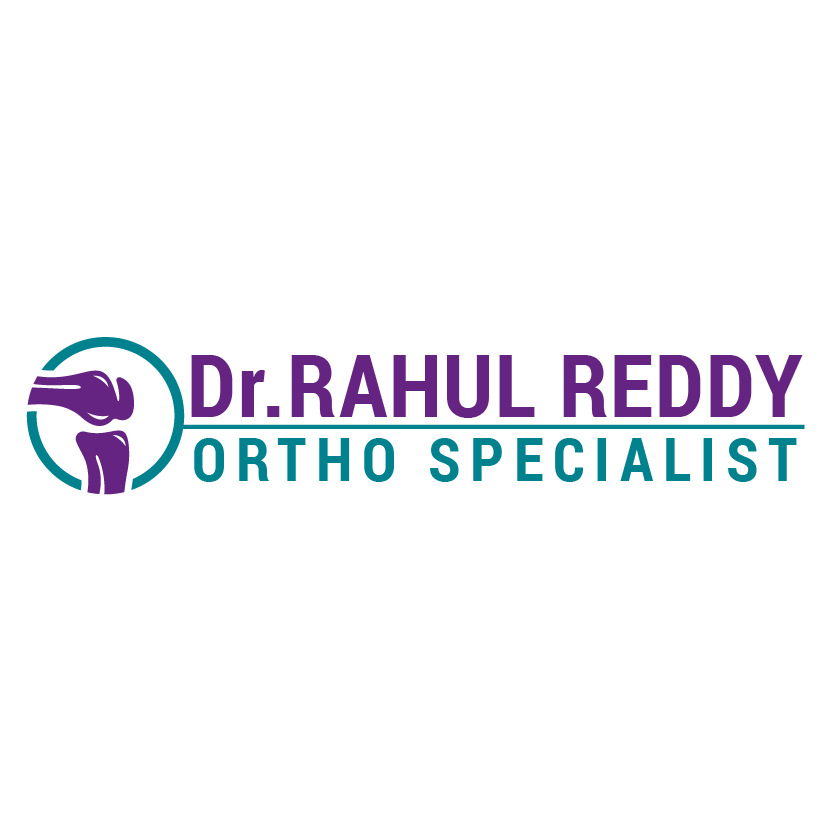Address: Pillar No: A, no- 13-3-10/B, H, 1555, Hanuman Nagar, Chaitanyapuri Office Open: 9.00 am - 8.00 pm Email: info@rahulortho.com


Best Sports Injury Treatment in Dilsukhnagar
Sports injuries treatment encompasses various interventions aimed at managing and rehabilitating injuries sustained during athletic activities. Sports injuries can range from acute injuries like sprains, strains, and fractures to overuse injuries such as tendonitis, stress fractures, and muscle imbalances.
The initial treatment for sports injuries often involves the RICE protocol: rest, ice, compression, and elevation. Rest allows the injured area to heal while applying ice reduces swelling and inflammation. Compression with elastic bandages or braces provides support and limits excessive movement, and elevation helps minimize swelling.
Depending on the severity and type of injury, healthcare professionals may recommend additional treatments, such as:
-
Medications: Nonsteroidal anti-inflammatory drugs (NSAIDs) may be prescribed to manage pain and reduce inflammation. In some cases, analgesics or muscle relaxants may be used to alleviate discomfort.
-
Physical therapy: Rehabilitation exercises play a vital role in sports injury recovery. Physical therapists develop customized exercise programs to restore strength, flexibility, and range of motion. They also employ modalities like ultrasound, electrical stimulation, and manual therapy techniques to promote healing and relieve pain.
-
Immobilization: In certain cases, immobilization using casts, braces, or splints may be necessary to stabilize the injured area and facilitate healing. Immobilization is commonly used for fractures, severe sprains, or ligament tears.
-
Injection therapy: Injections of corticosteroids or platelet-rich plasma (PRP) may be considered for specific injuries to reduce inflammation, promote healing, and alleviate pain.
-
Surgery: In cases of severe injuries, surgical intervention may be required. Surgeries range from arthroscopic procedures for joint-related injuries to reconstructive surgeries for ligament or tendon tears.
Throughout the treatment process, monitoring progress and adjusting interventions are essential. Regular follow-up appointments with healthcare professionals help ensure proper healing, address any concerns, and modify treatment plans as needed.
In addition to treating the injury, prevention strategies are crucial to minimize the risk of future injuries. These may include:
- Proper warm-up and cool-down routines to prepare muscles and joints before activity and aid in recovery afterward.
- Correct technique and form during sports activities to reduce the likelihood of injury.
- Using appropriate protective gear, such as helmets, padding, or supportive footwear.
- Incorporating strength and conditioning exercises into training programs to improve overall fitness and prevent imbalances.
Collaboration among athletes, coaches, trainers, and healthcare professionals is essential in sports injury treatment. It ensures a comprehensive approach that addresses the injury, promotes healing and implements preventive measures for long-term well-being and optimal performance. By combining appropriate treatment strategies, rehabilitation exercises, and preventive measures, athletes can recover from injuries, reduce the risk of future problems, and continue enjoying their chosen sports.
About Us
Services
Knee Replacement
Hip Replacement
Shoulder Replacement
Hand Fractures
Foot & Ankle Treatment
Sports Injuries


